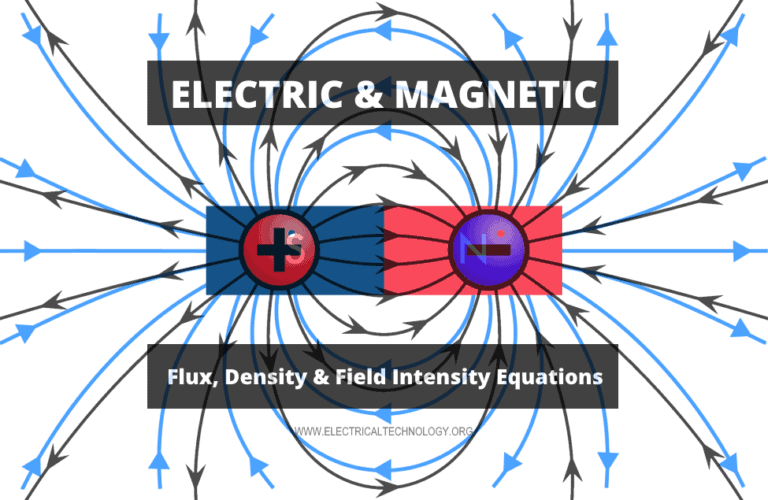

Various phenomena "display" magnetic field lines as though the field lines were physical phenomena. For example, the number of field lines through a given surface is the surface integral of the magnetic field. These concepts can be quickly "translated" to their mathematical form. Magnetic field lines are like streamlines in fluid flow, in that they represent a continuous distribution, and a different resolution would show more or fewer lines.Īn advantage of using magnetic field lines as a representation is that many laws of magnetism (and electromagnetism) can be stated completely and concisely using simple concepts such as the "number" of field lines through a surface. The direction of the magnetic field at any point is parallel to the direction of nearby field lines, and the local density of field lines can be made proportional to its strength. Connecting these arrows then forms a set of magnetic field lines. Then, mark each location with an arrow (called a vector) pointing in the direction of the local magnetic field with its magnitude proportional to the strength of the magnetic field. The lines can be constructed by measuring the strength and direction of the magnetic field at a large number of points (or at every point in space). The field can be visualized by a set of magnetic field lines, that follow the direction of the field at each point. Right: compass needles point in the direction of the local magnetic field, towards a magnet's south pole and away from its north pole.

Left: the direction of magnetic field lines represented by iron filings sprinkled on paper placed above a bar magnet. The first term in the Lorentz equation is from the theory of electrostatics, and says that a particle of charge q in an electric field E experiences an electric force: (Both of these cases produce the same current.) On the other hand, a magnetic field combined with an electric field can distinguish between these, see Hall effect below. For that reason a magnetic field measurement (by itself) cannot distinguish whether there is a positive charge moving to the right or a negative charge moving to the left. If both the speed and the charge are reversed then the direction of the force remains the same. The force on a negatively charged particle is in the opposite direction. Using the right hand, pointing the thumb in the direction of the current, and the fingers in the direction of the magnetic field, the resulting force on the charge points outwards from the palm. The direction of force on the charge can be determined by a mnemonic known as the right-hand rule (see the figure). Here F is the force on the particle, q is the particle's electric charge, v, is the particle's velocity, and × denotes the cross product. In a vacuum, the two fields are related through the vacuum permeability, B / μ 0 = H

H and B differ in how they account for magnetization. : 22 B, magnetic flux density, is measured in tesla (in SI base units: kilogram per second 2 per ampere), : 21 which is equivalent to newton per meter per ampere. In the International System of Units, H, magnetic field strength, is measured in the SI base units of ampere per meter (A/m). In electromagnetics, the term "magnetic field" is used for two distinct but closely related vector fields denoted by the symbols B and H. Since both strength and direction of a magnetic field may vary with location, it is described mathematically by a function assigning a vector to each point of space, called a vector field.

Magnetic fields surround magnetized materials, and are created by electric currents such as those used in electromagnets, and by electric fields varying in time. In addition, a magnetic field that varies with location will exert a force on a range of non-magnetic materials by affecting the motion of their outer atomic electrons. : ch13 : 278 A permanent magnet's magnetic field pulls on ferromagnetic materials such as iron, and attracts or repels other magnets. A moving charge in a magnetic field experiences a force perpendicular to its own velocity and to the magnetic field. The magnetic flux is also defined as the dot product of magnetic field B and vector Area A, as shown in the following figure.A magnetic field is a vector field that describes the magnetic influence on moving electric charges, electric currents, : ch1 and magnetic materials. “a total number of lines of magnetic force passing through any surface placed perpendicular to the magnetic field.


 0 kommentar(er)
0 kommentar(er)
